Displayport interface:
DisplayPort is an interface specification approved by the Video Electronics Standards Association (VESA). DisplayPort does not require copyright fees and aims to leapfrog DVI and HDMI interface technologies in several areas. DisplayPort utilizes the PCI Express electrical layer, which currently operates at 2.5 Gbps, to achieve a total bandwidth of up to 10.8 Gbps for four channels. DisplayPort will support the transmission of high-definition audio signals while transmitting video signals while supporting higher resolutions and refresh rates.
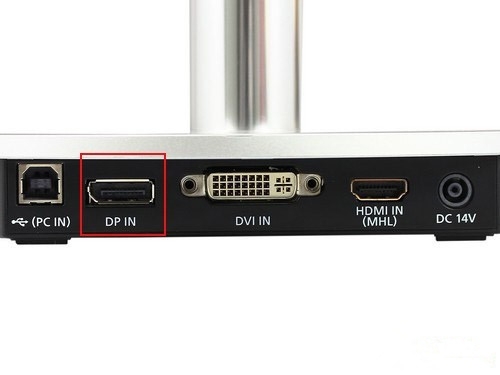
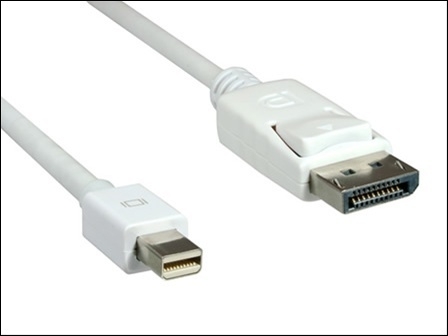
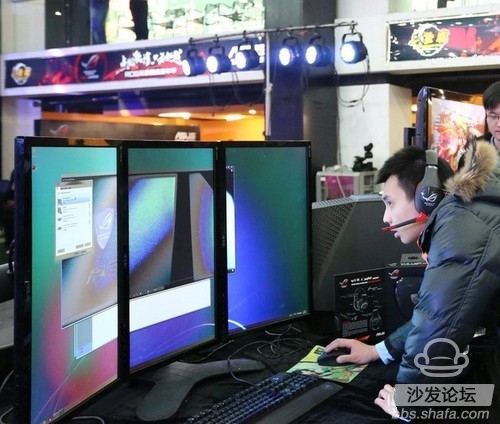
DisplayPort interface is currently mainly used in professional areas, multi-screen splicing is the DisplayPort interface to show their talents, in addition, with the advent of 4K displays, DisplayPort interface advantages have begun to show again, it can output 4K screen refresh rate of 60Hz, and The current mainstream 1.4a HDMI interface is only able to achieve 30Hz 4K screen. Although HDMI 2.0 has been optimized in this regard, but currently almost no HDMI 2.0 products.
What are the differences between dp interface and HDMI interface?
HDMI is a standard strictly controlled by HDMI organization and copyright. It cannot be a proprietary application, and all data structures and available modules are defined. From a technical point of view, DisplayPort is better and has good robustness for longer and thinner cables. It can easily and freely reduce the process. As far as the computer market is concerned, its open mode and scalability features are the first choice for higher bandwidth, multiple data streams, and other data streams.
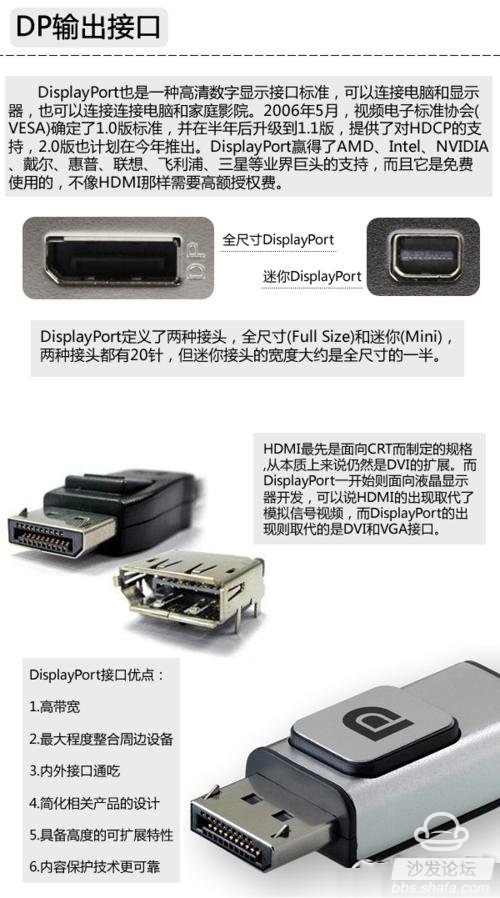
DisplayPort is an interface specification approved by the Video Electronics Standards Association (VESA). DisplayPort does not require copyright fees and aims to leapfrog DVI and HDMI interface technologies in several areas. DisplayPort utilizes the PCI Express electrical layer, which currently operates at 2.5 Gbps, to achieve a total bandwidth of up to 10.8 Gbps for four channels. DisplayPort will support the transmission of high-definition audio signals while transmitting video signals while supporting higher resolutions and refresh rates.

Professional monitors often configure the DisplayPort interface

DisplayPort interface line

DisplayPort interface is currently mainly used in professional areas, multi-screen splicing is the DisplayPort interface to show their talents, in addition, with the advent of 4K displays, DisplayPort interface advantages have begun to show again, it can output 4K screen refresh rate of 60Hz, and The current mainstream 1.4a HDMI interface is only able to achieve 30Hz 4K screen. Although HDMI 2.0 has been optimized in this regard, but currently almost no HDMI 2.0 products.
What are the differences between dp interface and HDMI interface?
HDMI is a standard strictly controlled by HDMI organization and copyright. It cannot be a proprietary application, and all data structures and available modules are defined. From a technical point of view, DisplayPort is better and has good robustness for longer and thinner cables. It can easily and freely reduce the process. As far as the computer market is concerned, its open mode and scalability features are the first choice for higher bandwidth, multiple data streams, and other data streams.

Hot selling Minsound series ceiling speakers produce clear and loud sound of high-fidelity in a wide coverage.
We have different models of ceiling speakers with different power ,speaker unit and size,
It is ideal choice for home theatre, meeting room, shopping mall, lecture room,classroom and so on.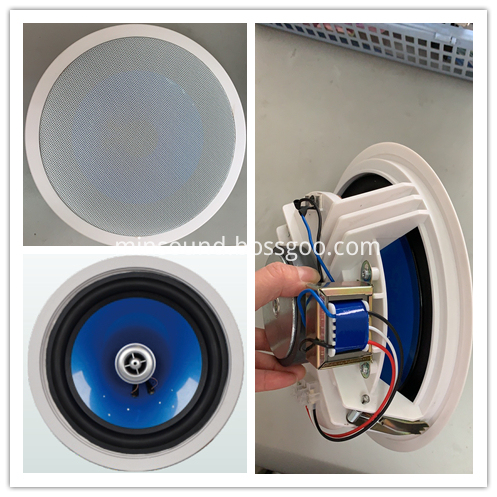
Ceiling Speaker,Ceiling Loudspeaker,in Ceiling Speaker,in Ceiling Speakers,Ceiling Mount Speakers
Taixing Minsheng Electronic Co.,Ltd. , https://www.msloudspeaker.com
